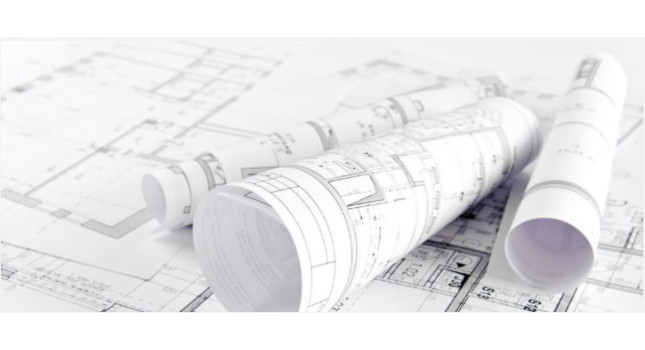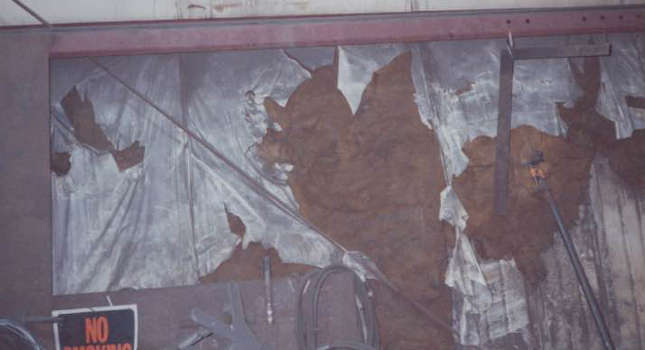An evaluation of the current state helps teams identify ways to use the best practices built into new enterprise resource planning (ERP) solutions to improve operations.

It’s important to establish a foundation for each project by analyzing issues in the current state of operations, educating the team on best practices, and constructing a future state.
Why evaluate your current state?
It will be impossible to create the future desired state for a business if the current state isn’t understood. As teams start the process of enterprise software selection, an evaluation of the current state helps them identify ways to use the best practices built into new enterprise resource planning (ERP) solutions to improve operations.
Moreover, a shared view of the current state of operations uncovers for the entire team hidden problems, redundancies or wasted efforts. Current state mapping defines all processes and serves as a visual documentation highlighting any issues.
Steps for evaluating your current state
The process to evaluate your current state includes gathering key performance indicators (KPIs) from the past 6 to 12 months in areas including:
- Productivity
- Customer satisfaction
- Quality
- Overtime
- Inventory dollars
- Throughput cycle time
- Shipping/on-time delivery.
Following the go-live, compare these KPIs to the new set you observe after using the technology for a specified period of time to document the business process transformation.
Evaluate your current state with process mapping
The next step as you evaluate your current state is to create process maps or current state flow diagrams for each function. By developing these process maps, we create a way to pinpoint non-value added and wasteful activities in your current state. The ERP project team will then activate the most critical of these activities for root cause solution definition and subsequent mitigation – two critical steps that wouldn’t have occurred without the current state analysis.
This article originally appeared on Ultra Consultants’ blog.



